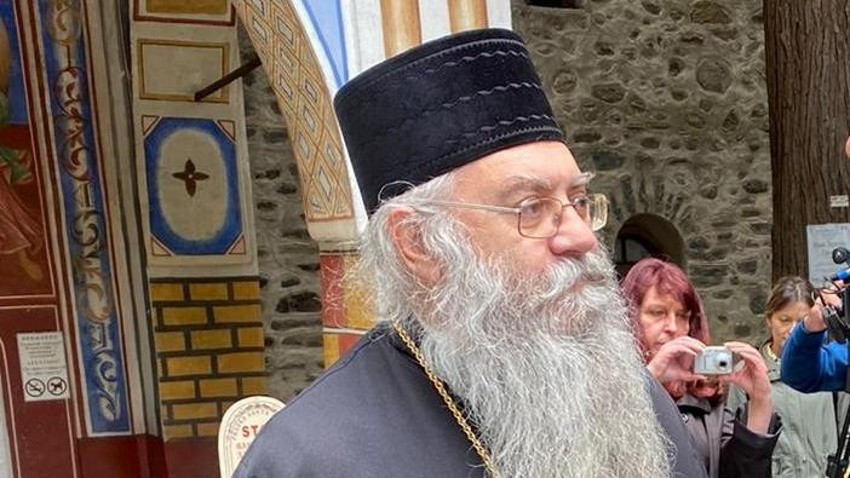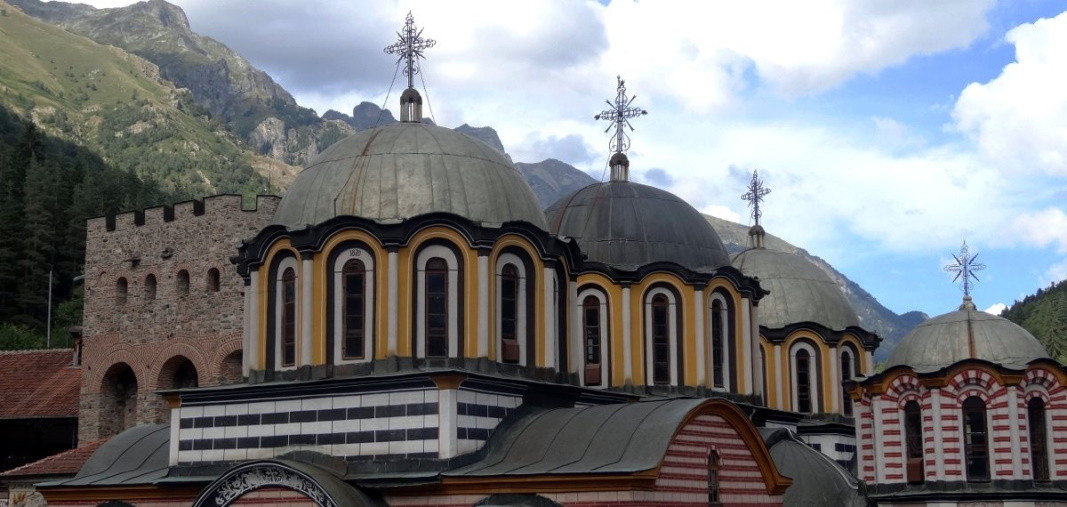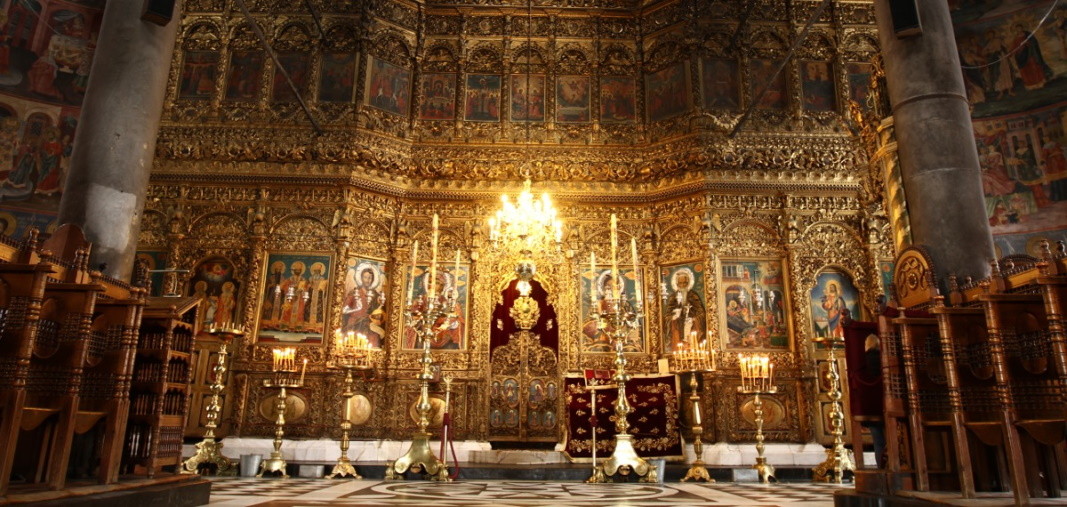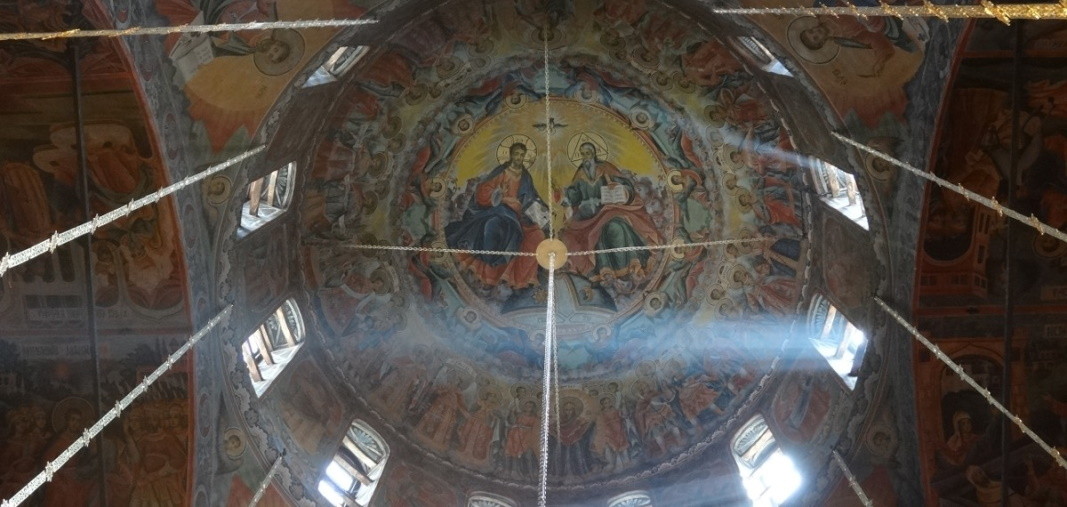Although many of us prefer to spend more time home these days for fear of the epidemic, others do not forget to seek God where their prayers are best heard. Bulgaria’s biggest monastery, the Rila Monastery, remains a preferred place for many believers even in these months of difficulties and troubles.
"We are talking about pilgrims who come here as Christians and worshipers," says the abbot of the Rila Monastery, Bishop Eulogius, in an interview for BNR-Blagoevgrad. “It is good for every person to find contact with God, comfort, support, hope. Of course, we act in compliance with all measures and hygiene requirements that are established for the whole country. We do whatever it takes - disinfection is constantly carried out in the church, at the entrance we have a special mat with a disinfectant solution. The icons are also regularly disinfected, as are all the wooden parts of the church that the worshipers have contact with, the wooden thrones for sitting, the railings.”

Legend has it that the history of the Rila Monastery is connected with Saint Ivan Rilski (John of Rila) who came to these lands in the 10th century to indulge in fasting and prayers away from worldly vanity. After his death, his followers built a monastery near the place where the monk ended his earthly journey.

Over the centuries, the Rila Monastery grew to become a spiritual, educational and cultural centre, until the 14th century when Bulgaria lost its independence, falling under Ottoman rule. Years of darkness followed, and a century later the monastery was destroyed and looted by the Ottoman invaders. The first rays of light came at the end of the 15th century, when with the help of Bulgarians from all over the country the Rila Monastery began to slowly revive and regain its halo to a spiritual centre.

"The Rila Holy Monastery was built during the Ottoman Yoke in its present form, with the exception of Hrelyo’s Tower, which dates back to the time of Tsar Ivan Shishman," Bishop Evlogiy told BNR-Blagoevgrad. “Our ancestors in much more difficult circumstances took care of it - to restore it after the invasions and devastation during the Ottoman oppression, to build it in its current form, regardless of the misery and deprivation they lived in. We are bound to continue their work and, despite the epidemic, to keep the holy monastery in good condition in order to preserve it for the generations to come.”

Anyone who wishes to spend the night in the monastery is welcome, Bishop Evlogiy says. Unfortunately, in winter Hrelyo’s Tower and the magernitsa (refectory) remain closed to visitors. Instead, one can visit the museum, the monastery buildings and the church where one can seek solace in God.

"Prayer is what can help us beg what we need from God and give us peace, faith, hope, trust," says the abbot.“Without prayer nothing is achieved. In the years of vicissitudes in the past, when there was plague, cholera and other similar epidemics in the area, it was prayer that helped people to overcome these trials by participating in common worship. The Holy Liturgy is served for all Christians, but those who are unable to visit any of God's temples or holy monasteries can also pray at home. Home prayer also has its great significance for every Christian, for every single person.”

Compiled by Diana Tsankova
(based on an interview of Mariana Popova from BNR-Blagoevgrad)
Photos: rilskimanastir.org and archive
On that day the Saviour hosted the traditional Passover meal for the Jewish people at the home of a Jerusalemite. Before the meal, as a sign of respect, He washed the apostles' feet and said, "I did not come to be served, but to serve". At the table,..
The attack in the "St. Nedelya" cathedral on April 16, 1925 is the deadliest terrorist act in the history of Bulgaria. It took place on Maundy Thursday and in terms of its brutality and premeditation, it has no analogue. During Holy..
On the day of Holy Wednesday, one of the last events before the saving sufferings for humanity of the Son of God is remembered. In her sincere repentance, a sinner managed to enter the house where Christ was staying and, wishing to testify to her..
In 2025, the Catholic and Orthodox churches celebrate Easter on April 20. It is more joyful when we celebrate the Resurrection of Christ together...
On Good Friday, the saddest day for Christians, the liturgy commemorates the suffering, crucifixion and death of Jesus Christ, who sacrificed..
On that day the Saviour hosted the traditional Passover meal for the Jewish people at the home of a Jerusalemite. Before the meal, as a sign of respect, He..

+359 2 9336 661
